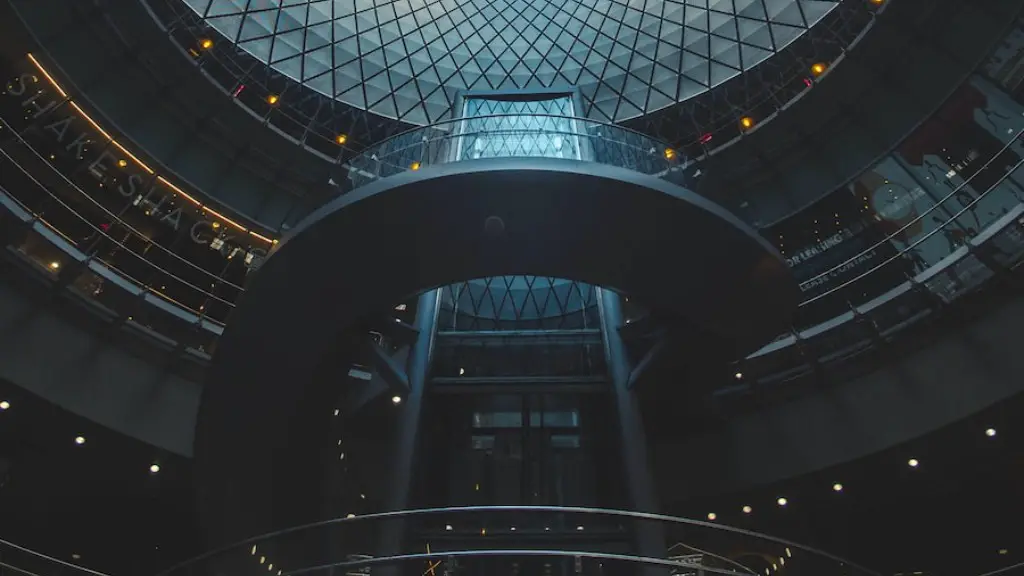What Is Sustainable Architecture?
Sustainable architecture is an approach to design and construction that strives to reduce the environmental impact of buildings while providing great living spaces that are beneficial to occupants and the environment alike. It is a lifetime commitment to sustainable development, which is why it’s important to consider it when constructing a building. Sustainable architecture is achieved through the selection of materials and energy sources that reduce the overall carbon footprint and respect the different climate changing parameters. It also takes into consideration the impacts of a building on its surroundings and on the planet as a whole.
Benefits of Sustainable Architecture
Sustainable architecture can have numerous benefits for both people and the environment alike. By utilizing materials and designs that favor renewable energy sources and conserve resources, sustainable architecture can reduce energy consumption, significantly reduce the carbon footprint of a property and keep maintenance costs low. It also promotes improved safety and health outcomes due to better designed systems and improved environment quality. Sustainable designs can help create healthier living conditions, especially in densely populated cities, making them a great choice for any type of building.
Principles of Sustainable Architecture
The principles of sustainable architecture come down to three main categories: conservation of energy, materials, and water; and use of renewable energy sources as well. The first category, energy conservation, encapsulates the selection of energy efficient designs, energy efficient materials, energy efficient safety measures and insulation systems. Materials conservation includes the utilization of materials with high environmental standards, durable materials, recycled content materials, and materials with low embodied energy. Water conservation includes the use of water efficient fixtures, and low water landscaping.
The renewable energy sources used for sustainable architecture include solar, wind and geothermal energy, which can provide sustainable power production from natural resources and significantly reduce the property’s energy costs in the long-term.
Sustainable Architecture PDF Resources
Nowadays there are many resources offering sustainable building tips and ideas, from free PDF files to specialized courses. Such courses can provide the information needed to correctly select sustainable materials and designs, but for those just looking for a quick read or some basic facts, there are numerous PDF files that provide a concise overview of what sustainable architecture is and how to implement it.
The U.S. Green Building Council also offers a wide range of certifications and guides on their website, as well as educational materials such as infographics, course materials, and online academies that provide a more in-depth look into sustainable architecture.
Criticism of Sustainable Architecture
Apart from the obvious advantages of sustainable architecture, there are also certain criticisms that lead some to question the need for such a practice. Besides the high initial cost of sustainable construction, there is also the problem of misunderstanding of the concept and a lack of education on the subject matter, which can lead to poor implementation and results. Additionally, there are the ecological considerations when it comes to selection of the right materials, which can be a hard task given the wide variety of options available.
How Regulatory Bodies Promote Sustainable Architecture?
To reduce the cost of sustainable construction and provide incentives for more widespread acceptance, governmental bodies provide a vast array of policies, grants, and other incentives. Some incentives include tax deductions, targeted grants, and activities that focus on energy reduction and pollution prevention.
Other incentives come in the forms of requirements for certain projects to use certain materials and guidelines for energy usage reduction, water conservation, or improved ventilation. In this way, the government encourages owners and builders to select greener alternatives whenever possible.
How Technology Promotes Sustainable Architecture
Technology also plays a key role in the promotion of sustainable architecture. Smart building technologies enable owners and occupants to monitor, manage, and control the way their buildings interact with the environment, resulting in reduced energy usage and improved sustainability.
Such technologies involve the use of self-learning algorithms, artificial intelligence, and machine learning to design smart systems that respond to occupant needs in real-time. This type of technology enables greater personal comfort and energy efficiency while also lowering the energy consumption of a building and eliminating waste.
Is Sustainable Architecture Feasible?
Given the number of incentives available, it is definitely feasible to implement sustainable architecture in almost any building context. Despite the extra costs associated with it, sustainability pays off in the long run since it reduces energy expenses and maintenance costs, while also providing occupants with a healthier and personally more comfortable environment.
The need to implement sustainable architecture is likely to increase in the future due to the increasing concerns about climate change and the rising awareness of the consequences of our actions. Although it can be initially expensive, sustainable architecture is the best long-term choice for any type of owner or builder.

